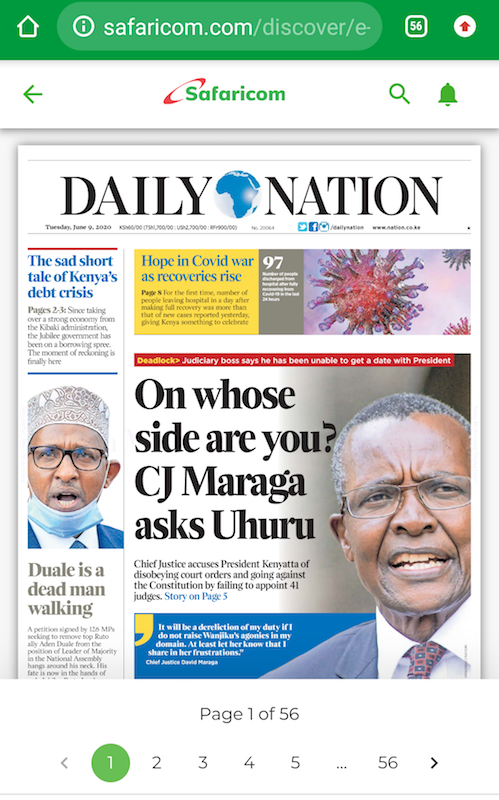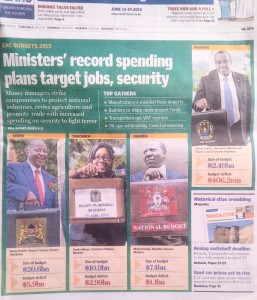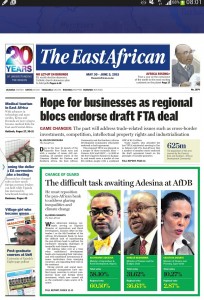Excerpts from a chat on Colonial Legacies in Media Reporting in Nairobi, Kenya
- A young Aga Khan came to Kenya and set up the Nation as an independent media house, hired fleet street writers who did a good job knowing that they would write themselves out of their jobs.
- When a journalist is sent to do a story on a car accident, their editor will not consider it complete until they interview the OCPD (local police boss)
- A media house put together stories about Kenya’s former President, Daniel arap Moi when he passed away in 2020, but they did not get much online traction. When they analyzed why they found that the top search query was ” who is Daniel arap Moi?” It was a realization moment that Moi’s rule ended in 2002 and the average age of the online media audience is 19 years.
- In 1976 President Jomo Kenyatta attended a lunch at the Serena Hotel with the Aga Khan at the Serena Hotel, the Standard group Chairman Udi Gecaga and his nephew Ngengi Mungai, newly returned from the USA – and the purpose was to ask if Ngengi could be made Chairman of the Nation group.
- Stories on Africa are relayed using wire services and take the same path as planes – as they go to Europe and then back to reach other parts of the continent. Kenya will get most news stories about neighbouring Ethiopia from the BBC or Radio France.
- Two families from Tunisia have controlled pan-African media for 60 years through respective ownership of the New African/IC Publications group in London and Jeune Afrique Media group in Paris.
- In 1988, the Nation reckoned it had an audience of 500,000 and with the growth of the middle class, expected that this would only expand exponentially. But today, they have a much smaller audience, yet legacy media controls much more of the online, print and broadcast media spaces.
- The news media was created in colonial times to amplify the government’s message and this logic did not change after independence.
- Kenya has four national languages: English, Swahili, Silence and Gossip.
- If you want the news in Kenya, listen to/follow gossip.
- Viewers expect too much of this media ecosystem when the terms of the ecosystem are set to a different reality. It’s like buying a Zebu cow and expecting it to produce milk like a Fresian.
- If the news was important to Africa, the OAU would have invested in it
- Why is the newspaper which is given out for free the least circulated one in Kenya?
- This town is littered with the broken dreams of journalists.
- Over two hundred studies commissioned by media on what readers found lacking and why they were not consumers was because the news had “no women” and “few young people.”




